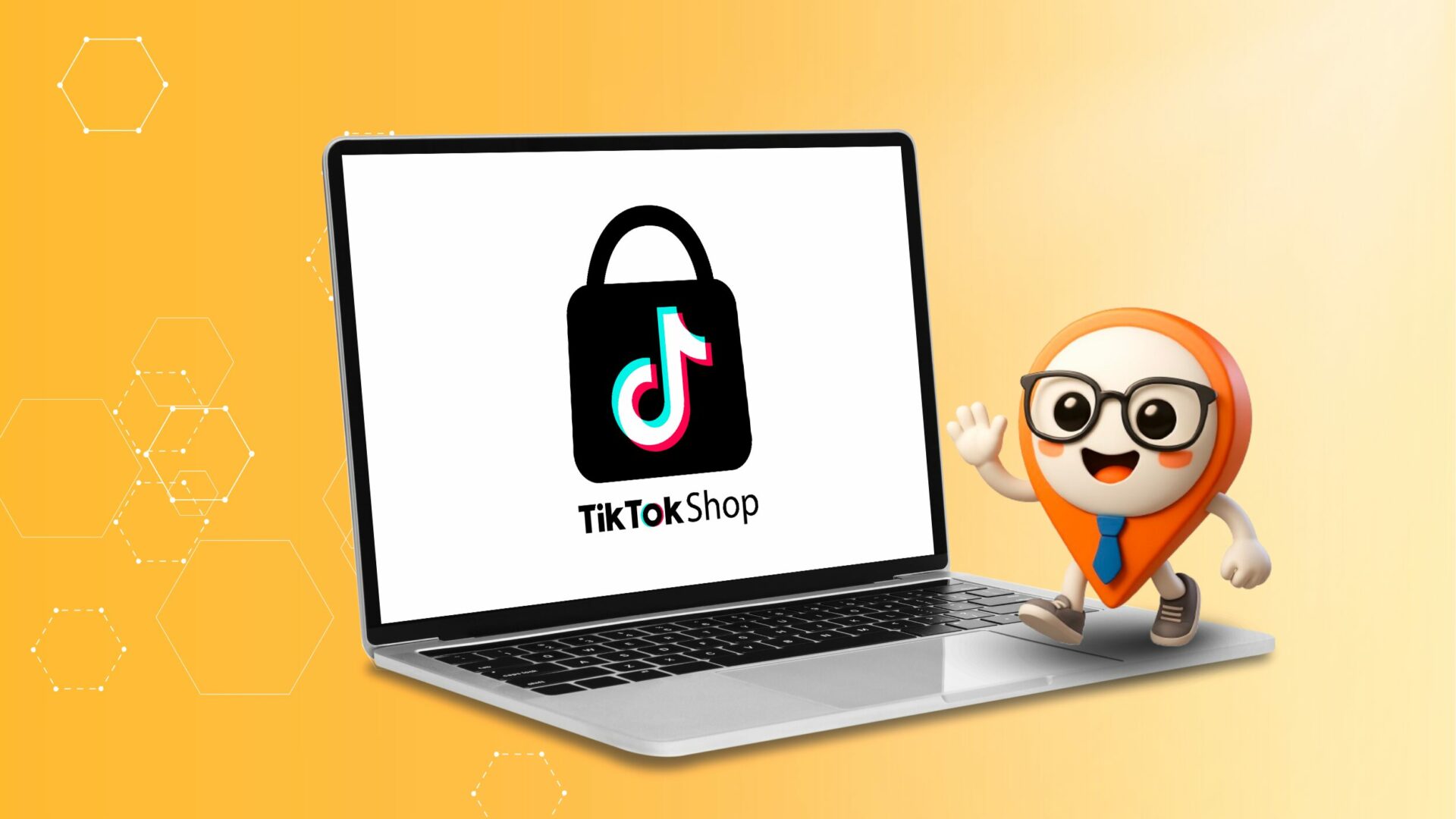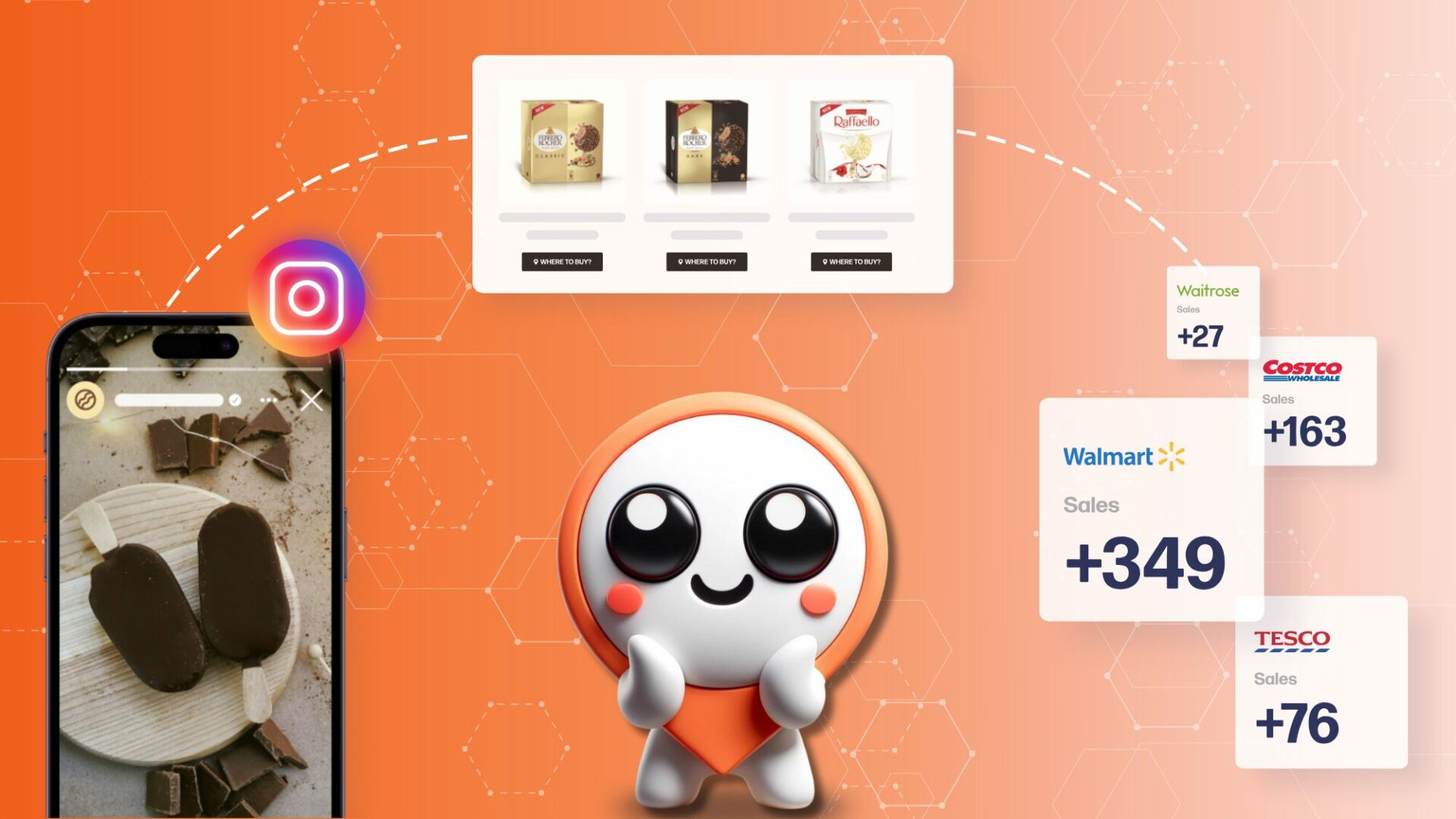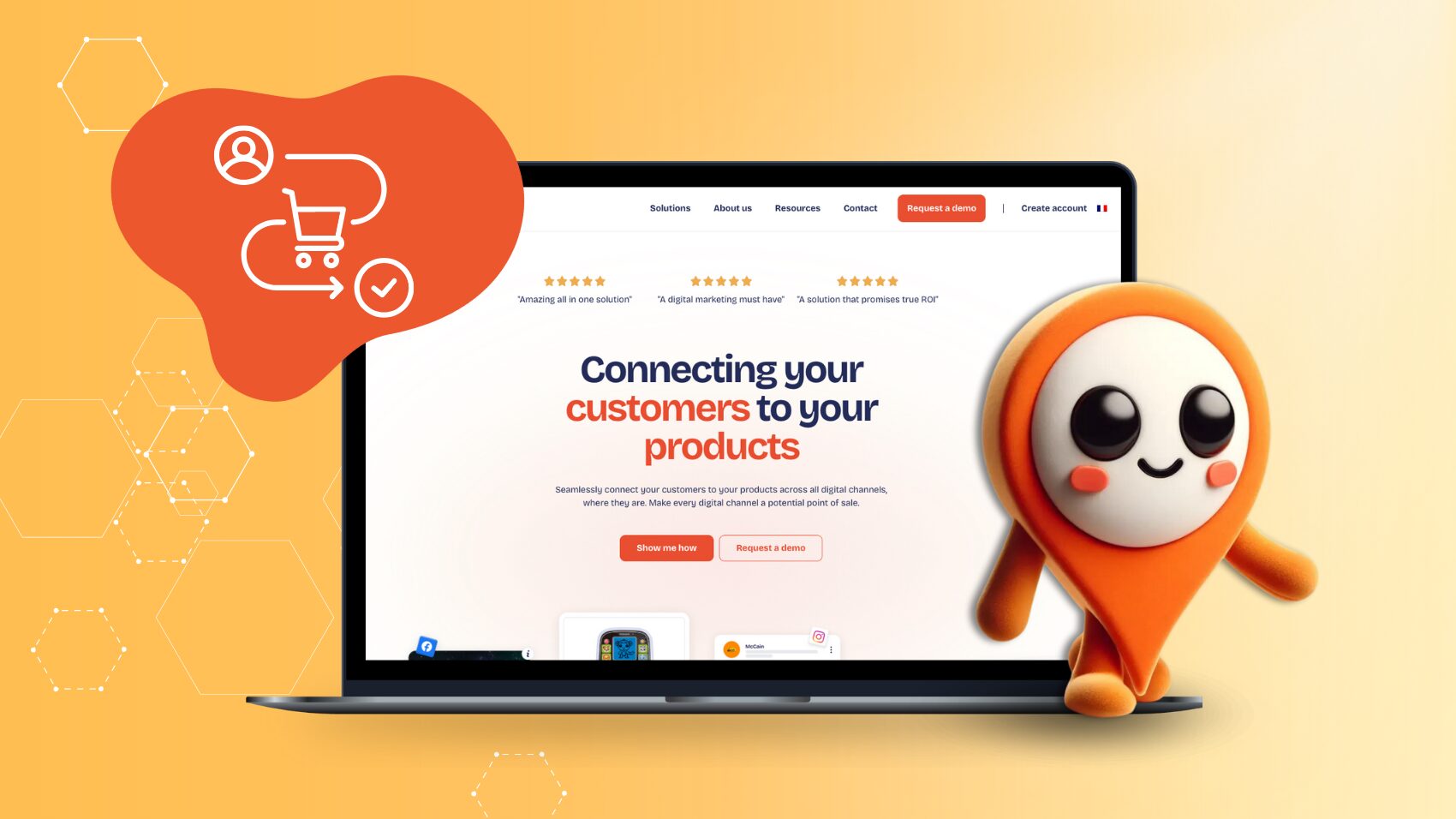Growth is on the mind of every brand and marketer in today’s competitive environment, but standing out from the competition can be a challenge. Conversion Rate Optimization (CRO) can help maximize your growth potential by unlocking opportunities you may never have thought possible. But how do you know where to start? In this blog post, we’ll provide you with an overview of CRO fundamentals so that you can get your own conversion rate optimization journey started and increase user engagement on your website quickly and effectively. Learn more about what it takes to make sure your efforts succeed and realize success across different channels.
Understanding Conversion Rate Optimization (CRO)
Conversion Rate Optimization (CRO) is a systematic and structured approach to improving the performance of your website. It involves understanding how users navigate your site, what actions they take, and what’s stopping them from completing your goals. In essence, CRO is the process of making it easier for users to take the action you want them to take on your website or landing page. It’s a critical component of any digital marketing strategy, as it allows businesses to lower their customer acquisition costs by getting more value from the visitors and users they already have.
The Importance of CRO in the Digital Landscape
In today’s digital landscape, a business’s online presence is often the first point of contact with its customers. With the ever-increasing competition online, businesses cannot afford to simply drive traffic to their websites; they need to convert this traffic into tangible results, whether that’s sales, sign-ups, or leads.
CRO plays a crucial role in this process. It’s not just about increasing the percentage of website visitors who convert into customers, but also about improving the quality of the conversions and maximizing the value of each user interaction. It focuses on understanding user behavior and preferences to provide a better user experience, which in turn leads to improved customer loyalty and increased revenue.
Effective CRO can lead to significant improvements in business performance. It can enhance customer insights, increase return on investment (ROI), and provide a competitive advantage in the marketplace. It’s an essential practice for businesses seeking to succeed in the rapidly evolving digital landscape.
In the following sections, we’ll delve deeper into the science behind CRO, the pre-optimization essentials, and the components of a high-converting website, before moving onto more advanced topics such as data analysis, UX, mobile optimization, A/B testing, and future trends in CRO.
II. The Science behind Conversion Rate Optimization
The Psychology of Conversions
At its core, CRO is rooted in understanding human behavior. While it may seem like a purely technical endeavor, it’s the psychology of your users that dictates whether they convert or not. Several psychological principles come into play here:
- Reciprocity: This principle suggests that when someone gives us something, we feel compelled to give something back. In the context of CRO, offering something of value (like a free e-book or a discount code) can encourage users to take a desired action, like signing up for a newsletter.
- Scarcity: When a product or service is limited in availability, it appears more attractive. Limited-time offers or limited-stock alerts can create a sense of urgency and encourage quicker decision-making.
- Social Proof: People tend to follow the actions of others, especially when they are unsure of what to do. Testimonials, reviews, and social media shares can play a significant role in boosting conversions.
- Authority: People respect authority and are more likely to be persuaded by an expert in the field. Including endorsements from industry experts or showcasing your expertise can help to increase trust and conversions.
How Website Design Affects Conversion Rates
Website design plays a critical role in CRO. The way your website looks and functions can significantly impact user experience and influence conversions. Here are a few key considerations:
- Simplicity: A clean, uncluttered design makes it easier for visitors to navigate your site and find what they’re looking for.
- Color Psychology: Different colors can evoke different emotions and responses. Using the right colors can help guide users to take specific actions.
- Readability and Typography: The easier it is to read your content, the more likely users are to stay on your site and convert.
- Load Time: Slow loading times can frustrate users and lead them to abandon your site.
- Mobile Optimization: With more and more people browsing the internet on their phones, a mobile-friendly design is a must.
In essence, effective website design reduces friction, making it easy and desirable for users to take the desired action. In the next section, we’ll discuss the pre-optimization essentials that set the stage for successful CRO.
III. Setting the Stage: Pre-optimization Essentials
Defining Your Business Goals
Before embarking on the optimization journey, it’s imperative to explicitly outline your business objectives. These serve as the guiding light for your CRO strategies and provide a benchmark for measuring success. Be it growing your email list, driving product purchases, or enhancing user engagement, clarity in goals is paramount. Businesses with well-articulated, clear goals are more prone to growth and success.
Understanding Your Audience
Grasping your audience’s psyche is a key pillar of CRO. It involves knowing your users’ demographics, their needs, and their online behavior. This can be gleaned through user research, surveys, and data analytics.
Identifying Key Performance Indicators (KPIs)
Key Performance Indicators (KPIs) are quantifiable values signifying how well a company is achieving its business objectives. In relation to CRO, KPIs might encompass metrics such as conversion rate, bounce rate, average session duration, and so forth. As per HubSpot, companies that consistently track their KPIs are 1.5 times more likely to hit their conversion targets.
Having set your business objectives, understood your audience, and identified pertinent KPIs, you’re now equipped to commence your journey towards optimizing conversions. The subsequent section will dissect the anatomy of a high-converting website.
IV. The Anatomy of a High-Converting Website
Essential Elements of a High-converting Landing Page
A landing page that converts isn’t just aesthetically pleasing—it’s a strategic tool that leads users towards a specific action. Here are some essential elements for a high-converting landing page:
- Compelling headline: The first thing a visitor sees, your headline should grab attention and convey the value of your offer.
- Clear and concise copy: Your copy should effectively communicate the benefits of your product or service, and why it’s better than the competition.
- Visual elements: Images, videos, or infographics can improve engagement and help users better understand your offer.
- Social proof: Testimonials, reviews, or case studies can build trust and encourage users to convert.
- Call-to-Action (CTA): A clear, compelling CTA guides users to take the desired action.
Importance of a Clear and Concise Call to Action (CTA)
A Call to Action (CTA) is arguably the most critical component of a high-converting website. This is the element that prompts users to take action, whether it’s to “Buy Now,” “Sign Up,” or “Learn More.” A well-crafted CTA is clear, concise, and compelling, using action-oriented language that encourages users to take the next step. The best CTAs also make it clear what the user can expect after they click, reducing friction and increasing conversions.
With a high-converting website structure and effective CTAs, you can guide visitors towards desired actions effectively. Up next, we’ll explore how quantitative data analysis plays a role in CRO.
V. Quantitative Data Analysis for CRO
Understanding Basic Website Analytics
Website analytics provide valuable insights into how users are interacting with your website. They allow you to track and measure key metrics like traffic, bounce rate, and conversion rate. Google Analytics is a commonly used tool for this purpose, providing a wealth of data about your website’s performance.
- Traffic: The number of people visiting your website.
- Bounce Rate: The percentage of visitors who leave your website after viewing only one page.
- Conversion Rate: The percentage of visitors who complete a desired action.
Advanced Metrics for CRO: Bounce Rate, Exit Rate, and Page Value
While basic metrics provide a good starting point, more advanced metrics can offer deeper insights:
- Bounce Rate: This metric can help identify issues with specific pages. A high bounce rate may indicate that a page isn’t meeting users’ needs or expectations.
- Exit Rate: The exit rate shows the percentage of users who leave your site from a particular page. This can help identify pages that are not effectively leading users to the next step in your conversion funnel.
- Page Value: This shows the average value of a page that a user visited before completing a conversion. It can help you understand which pages contribute most to your site’s revenue.
Understanding these metrics can help you identify opportunities for optimization and improve your website’s conversion rate. In the next section, we’ll look at how qualitative data analysis complements these quantitative insights for a more holistic approach to CRO.
VI. Qualitative Data Analysis for CRO
The Role of User Surveys and Feedback
Quantitative data tells you what is happening on your website, but qualitative data can tell you why. User surveys and feedback are invaluable tools for understanding the motivations and frustrations of your users. Open-ended questions can reveal insights that you might not get from analytics data alone, providing deeper understanding of your users’ needs and experiences.
Heatmaps and Session Recordings: Visual Insights into User Behavior
Heatmaps and session recordings are other powerful tools for qualitative data analysis. Heatmaps show where users are clicking, scrolling, and spending time on your site. This can help you identify popular areas of a page, as well as areas that may be causing confusion or frustration.
Session recordings, on the other hand, offer a video playback of a user’s journey through your site. These can reveal where users encounter difficulties or roadblocks, helping you to identify and fix issues that could be hurting your conversion rate.
Together with quantitative analysis, these qualitative insights can guide your CRO efforts, helping you to create a website that not only attracts visitors, but also effectively leads them towards conversion. In the next section, we’ll explore how user experience (UX) design plays into this process.








